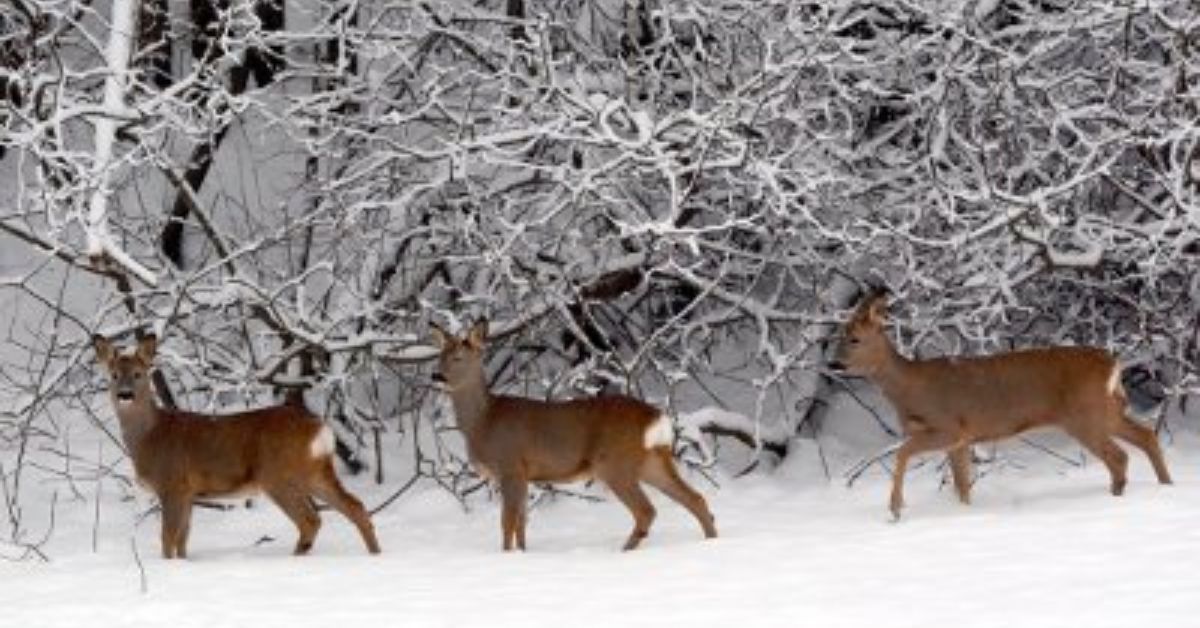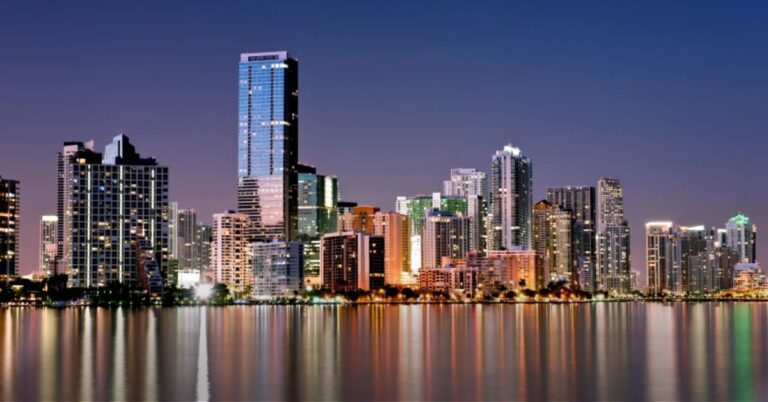Viltnemnda: The Norwegian Wildlife Committee Explained
In Norway, wildlife is an inseparable part of the country’s identity. From majestic moose wandering through forests to reindeer migrating across snowy landscapes, nature and wildlife are central to Norwegian life. But as humans and wild animals coexist in shared spaces, it becomes essential to manage this relationship responsibly. That’s where Viltnemnda — Norway’s Wildlife Committee — plays a vital role.
This article explores what Viltnemnda is, how it functions, its responsibilities under Norwegian law, and why it is such an important institution for conservation and community safety.
What Is Viltnemnda?
The word “Viltnemnda” comes from Norwegian:
- “Vilt” means wildlife or game animals,
- “Nemnda” means committee or board.
Therefore, Viltnemnda literally translates to “The Wildlife Committee.”
In practical terms, it refers to a local committee appointed by Norwegian municipalities that manages wildlife-related matters within its region. These committees act under the national Wildlife Act (Viltloven), ensuring that Norway’s wild animals are protected, monitored, and handled ethically.
Every municipality (kommune) in Norway is required to have a Viltnemnd. The committee serves as the link between national wildlife authorities and local communities, making sure national conservation goals are implemented locally.
The Purpose of Viltnemnda
The main mission of Viltnemnda is to maintain a sustainable balance between humans and wildlife. This includes:
- Protecting wildlife populations and their habitats.
- Managing hunting and trapping activities.
- Responding to wildlife accidents, especially vehicle collisions.
- Assisting in the humane handling of injured or dangerous wild animals.
- Advising municipal governments on wildlife-related issues.
In essence, it ensures that human activity, infrastructure, and nature can coexist in a responsible, safe, and sustainable way.
Legal Foundation and Structure
a) The Legal Framework
Viltnemnda operates under Norway’s Wildlife Act (Viltloven), which provides the foundation for managing all wild animal species within Norwegian territory. The act gives municipalities the authority to manage wildlife locally, with Viltnemnda serving as their operational body.
b) Composition of the Committee
Each municipality appoints members to its Viltnemnda.
These members are typically:
- Experienced hunters or wildlife trackers.
- Individuals with knowledge of ecology, conservation, or forestry.
- Representatives of the municipality’s administration.
Members are usually appointed for a fixed term (often four years) and receive training in handling wildlife, safety protocols, and ethical hunting standards.
Core Responsibilities of Viltnemnda
The committee’s work covers a broad range of wildlife management tasks. The most important responsibilities include:
a) Wildlife Accidents and Emergency Response
Norway has a large population of moose, deer, and reindeer, and every year, thousands of wildlife–vehicle collisions occur on roads and railways.
When such accidents happen:
- The police are notified.
- The police contact the local Viltnemnda.
- A trained member of the committee, often called an ettersøksjeger (tracking hunter), is dispatched to find the injured animal.
- The animal is either rescued, relocated, or, if necessary, humanely euthanized.
This ensures that suffering is minimized and the road is cleared safely.
b) Population Control and Monitoring
IT helps maintain healthy population levels of species such as moose, roe deer, and red deer.
The committee collects data on animal populations, birth rates, and migration routes, and uses this information to determine appropriate hunting quotas each season.
c) Issuing Hunting Permits
The committee assists in managing hunting licenses and monitoring compliance with regulations. It ensures that hunters follow safety protocols, respect bag limits, and hunt ethically.
d) Conservation and Habitat Protection
Viltnemnda works with landowners and environmental agencies to preserve natural habitats and ensure wildlife corridors remain intact. They may also provide input on construction or infrastructure projects to reduce environmental impact.
e) Handling Injured or Dangerous Wildlife
Occasionally, wild animals enter populated areas or become injured due to natural or human causes. Viltnemnda members are authorized to capture, relocate, or euthanize animals as needed to ensure public safety and animal welfare.
f) Education and Awareness
It often helps educate the public about wildlife behavior, safety in nature, and the importance of coexistence. This includes community outreach, local school programs, and collaboration with hunters’ associations.
Coordination with Other Authorities
The Viltnemnda does not work in isolation. It collaborates closely with:
- The Norwegian Environment Agency (Miljødirektoratet), which oversees national wildlife policies.
- The Police, especially during wildlife–vehicle accidents.
- The Norwegian Public Roads Administration, for preventing collisions through fencing and signage.
- Local landowners and hunting teams, to manage game sustainably.
This cooperation ensures efficient communication and fast response in all wildlife-related matters.
Training and Expertise of Committee Members
Members of Viltnemnda are not ordinary citizens without experience. They undergo specialized training, including:
- Wildlife tracking and field navigation.
- Animal first aid and humane euthanasia techniques.
- Use of firearms in emergency situations.
- Reporting procedures and documentation.
- Knowledge of wildlife biology and behavior.
Their blend of practical skills and local knowledge makes them a trusted authority in both conservation and safety.
The Importance of Viltnemnda in Norwegian Society
a) Conservation Ethics
Norway places high value on environmental responsibility. Viltnemnda embodies these principles by ensuring wildlife is treated with respect, even in difficult circumstances such as accidents or population control.
b) Reducing Human–Wildlife Conflicts
By responding quickly to wildlife incidents and monitoring animal populations, It reduces the likelihood of conflicts between people and wild animals. This protects both sides and promotes harmony in shared environments.
c) Local Knowledge and Community Trust
Because Viltnemnda members are often locals, they understand the area’s geography, animal movement patterns, and seasonal behavior. This local insight builds community trust and ensures efficient operations.
d) Data Collection and Research
Every incident, whether a vehicle collision or a population survey, is documented. This data supports research, policy development, and national wildlife management strategies.
8. Challenges Faced by Viltnemnda
Even with Norway’s advanced wildlife management system, Viltnemnda faces growing challenges, including:
- Increased traffic and urban expansion, leading to more animal collisions.
- Climate change, which affects animal migration and breeding patterns.
- Balancing tourism and conservation, especially in scenic regions where wildlife draws visitors.
- Funding and resource limitations, as rural committees may have limited budgets.
Despite these obstacles, Viltnemnda remains essential in ensuring Norway’s ecosystems remain balanced and its wildlife protected.
The Future of Viltnemnda
Looking ahead, Viltnemnda’s role is expected to evolve with modern technology and environmental awareness. Future developments may include:
- Use of drones and GPS tracking to monitor wildlife movement.
- Smart road systems with sensors to detect animals near highways.
- Enhanced training programs using digital simulations.
- Public reporting apps to allow citizens to easily report wildlife sightings or accidents.
Such innovations will help make wildlife management more efficient and proactive, reducing harm to both animals and people.
Why Understanding Viltnemnda Matters
For visitors, residents, and anyone interested in environmental management, understanding Viltnemnda is key to appreciating how Norway maintains its balance between modern life and wilderness.
It represents more than just a committee — it reflects Norway’s national philosophy of harmony with nature. Through dedicated volunteers and local experts, Viltnemnda protects wildlife, ensures safety on the roads, and upholds ethical hunting traditions that have existed for centuries.
Conclusion
Viltnemnda stands at the heart of Norway’s wildlife management system. It combines local expertise, national law, and a deep respect for nature to maintain sustainable coexistence between humans and wild animals.
From handling moose accidents on icy roads to advising on conservation policies, Viltnemnda’s work is a cornerstone of Norwegian environmental responsibility. It ensures that every decision — whether involving a single injured deer or a regional hunting plan — is guided by compassion, science, and respect for the natural world.
In a country where nature defines culture, Viltnemnda embodies the Norwegian spirit of living with, not against, the wild.




